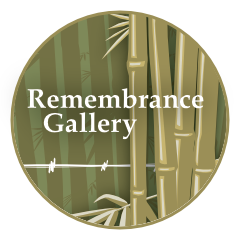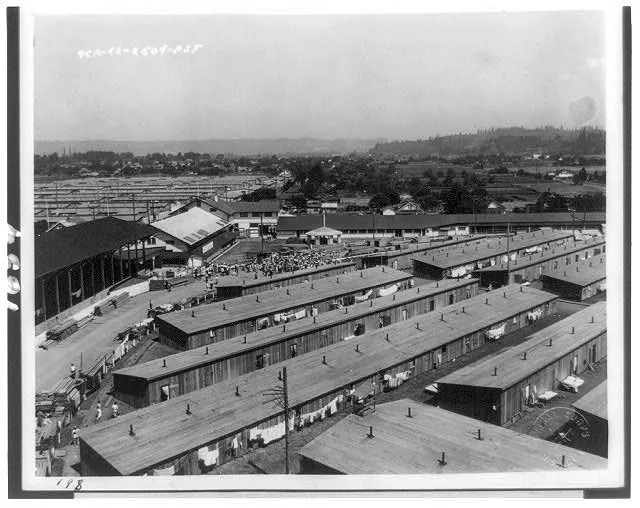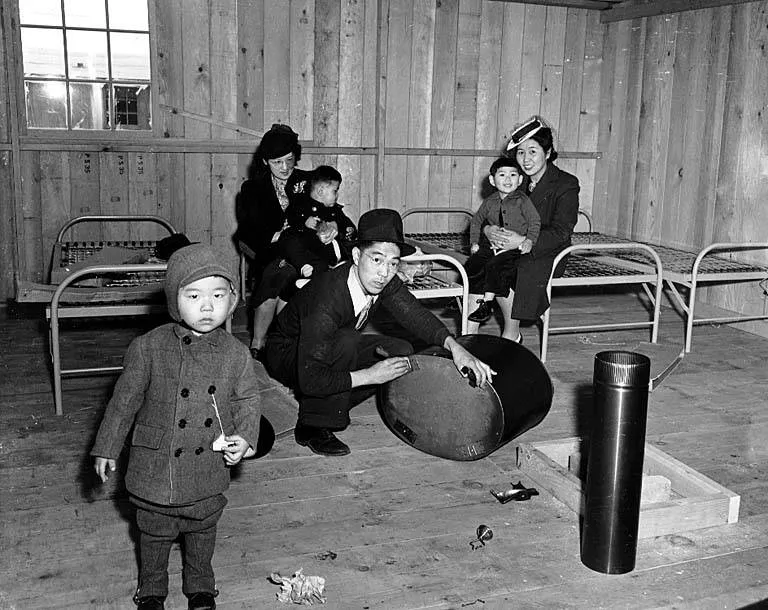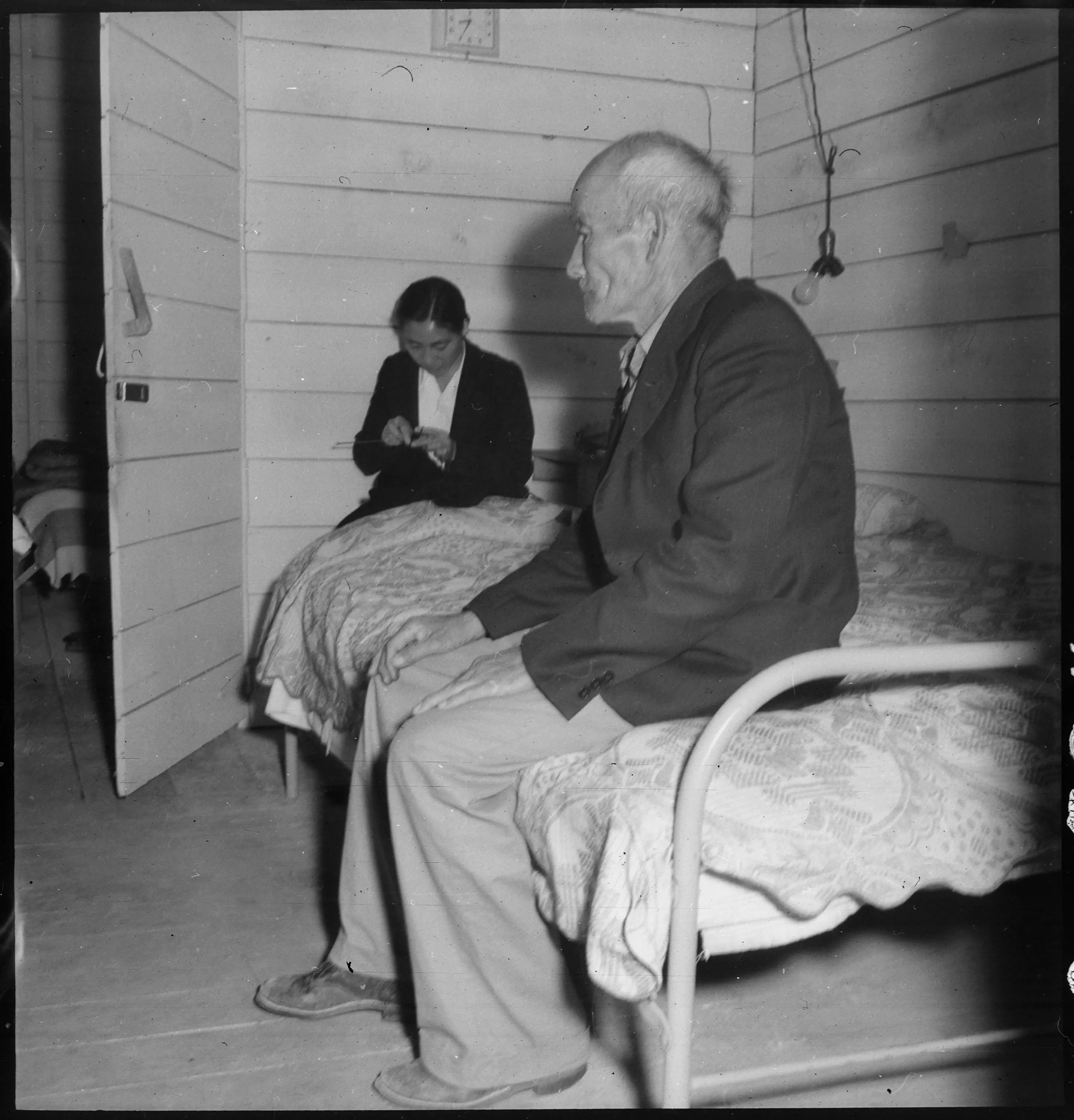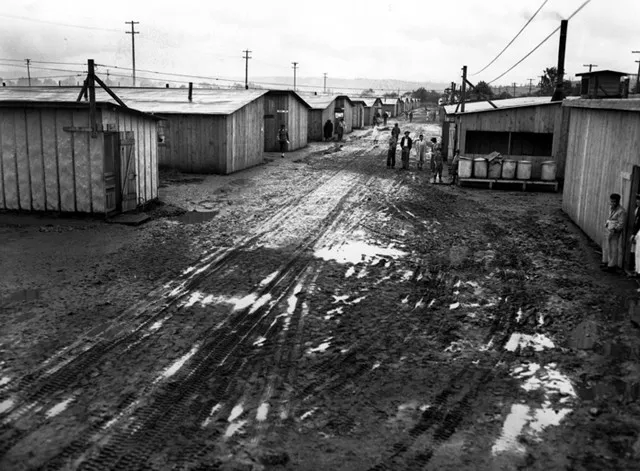History of the Puyallup Assembly Center
President Franklin D. Roosevelt signed [Executive Order 9066 on February 19, 1942](https://www.archives.gov/milestone-documents/executive-order-9066). This order allowed the military to create exclusion zones that led to the forced removal of all Japanese and Japanese Americans from the West Coast and other designated areas.
Between April and September 1942, the Washington State Fairgrounds (at the time called the Puyallup Fairgrounds) served as one of seventeen makeshift temporary concentration camps set up by the United States Army as a result of Executive Order 9066. At the “Puyallup Assembly Center” (PAC), over 7,500 Japanese and Japanese Americans from Alaska, Seattle, and rural towns of Pierce County were imprisoned before being moved inland to one of ten permanent concentration camps.
In total, over 125,000 people of Japanese ancestry living along the West Coast were imprisoned. More than two-thirds were American-born citizens. The rest were Issei, first generation immigrants, unable by law to become citizens. [Learn more about the lives of Japanese immigrants and their families](/history/additional-resources/).
The Remembrance Gallery brings awareness to the history of the “Puyallup Assembly Center” (PAC), as the largest temporary American concentration camp in Washington State.
The Puyallup Assembly Center was nicknamed “Camp Harmony” by an editor of the Seattle Post-Intelligencer, a local newspaper. The photographer mentioned in his report that the people from the Japanese community were quiet and harmonious. Neither the government nor military were opposed to the concentration camp being known as a “camp”. Thus, the general public was allowed to think the prisoners were camping and a nickname that obscures the reality of PAC conditions persists to this day.
